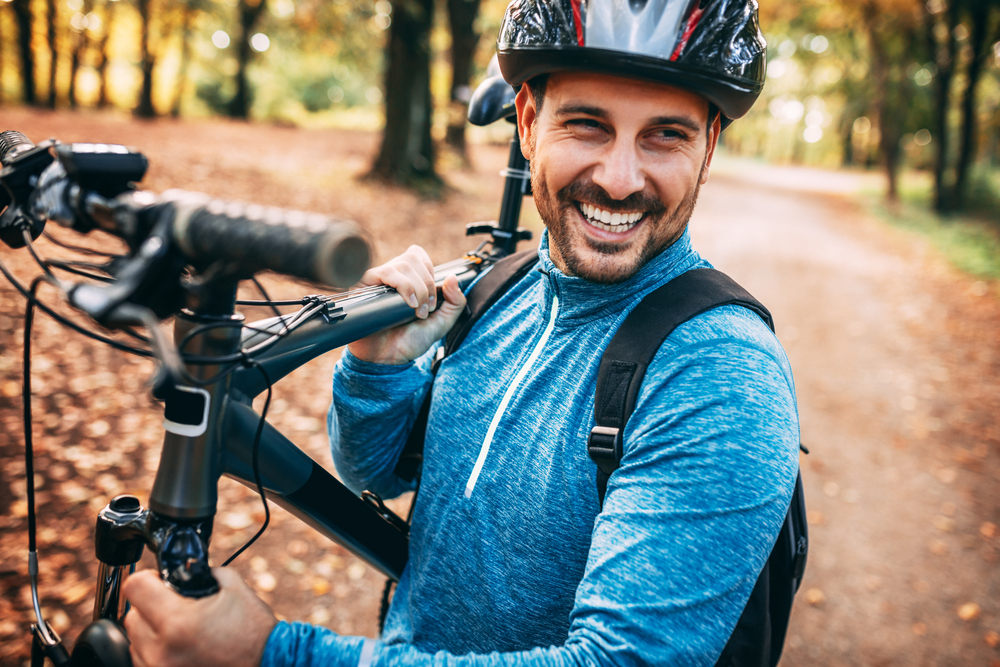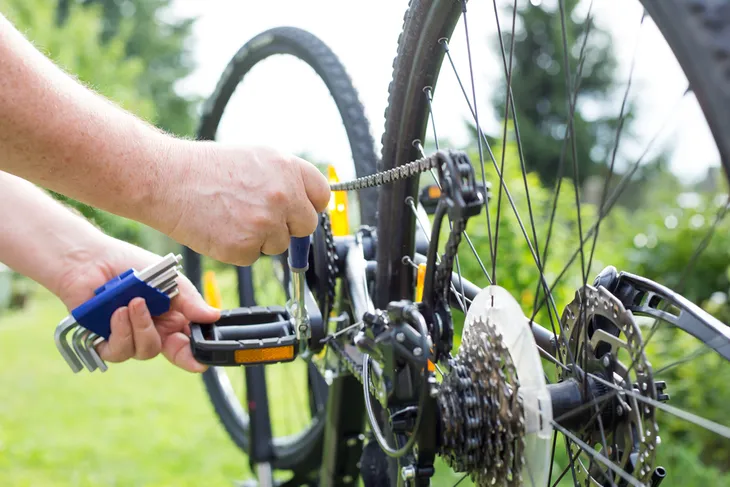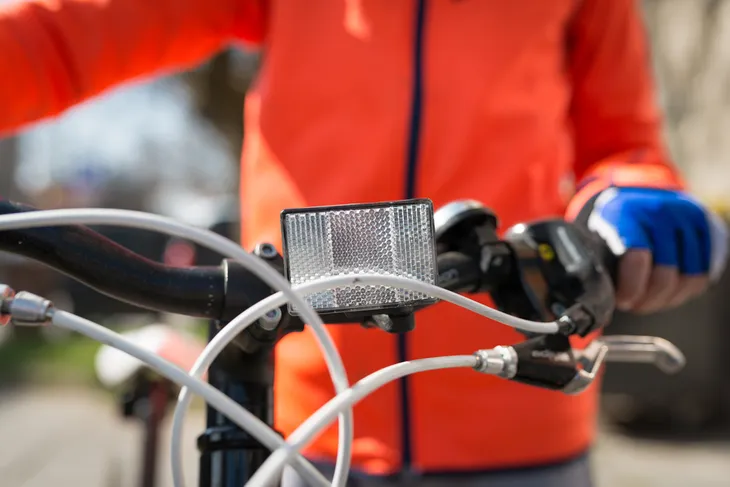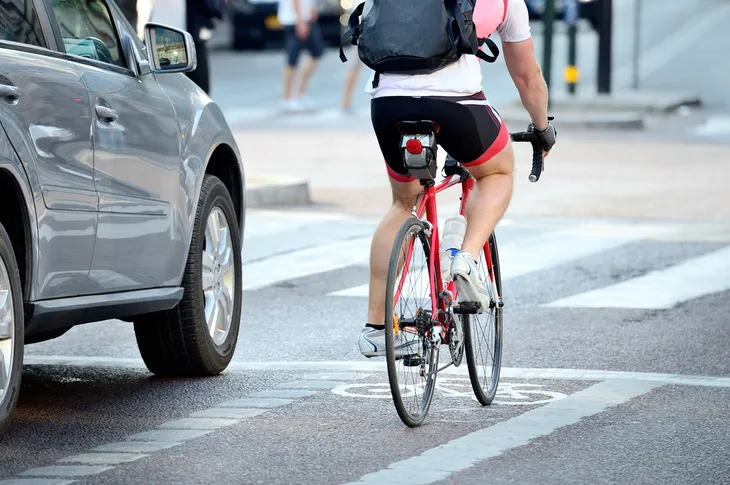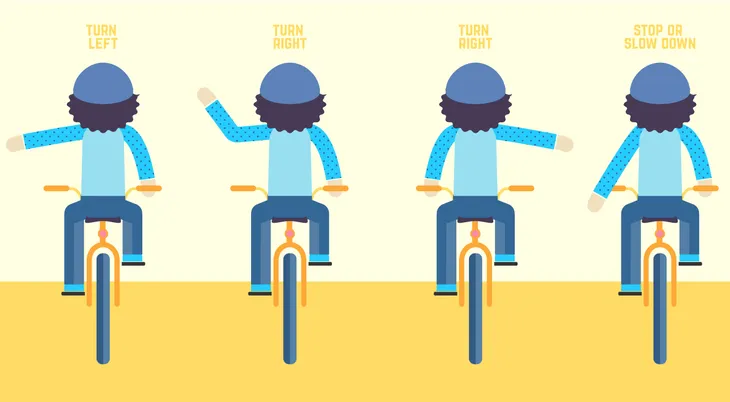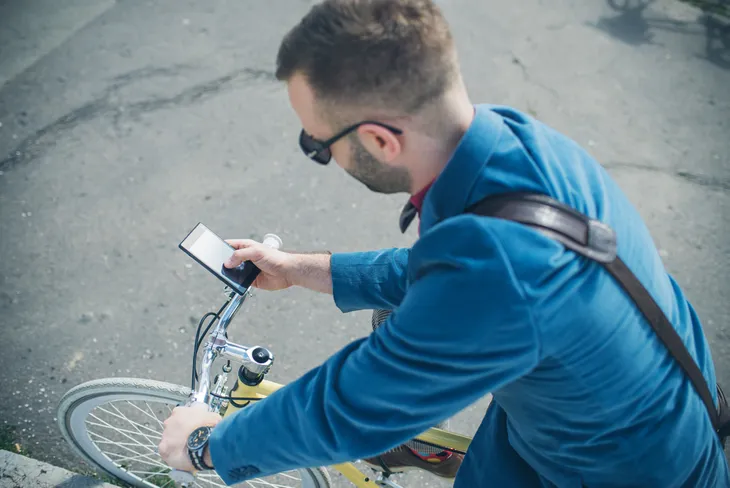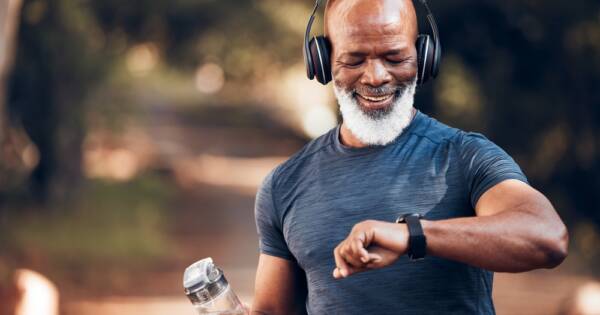It’s difficult to resist the urge to be outside as much as possible during the warm, summer months. And cycling is a multipurpose way to exercise and conveniently commute in warmer, drier times of year. While cycling is a great exercise and a benefit to your health, there is no denying there are safety risks involved when it comes to hitting the road with two wheels and a helmet.
However, the National Highway and Traffic Safety Administration (NHTSA) reports that roughly 50,000 cyclist injuries each year on our roads. With the dangers in mind, we’d like to remind you of a few must-know riding tips for summer…
Summer Bike Maintenance
Before you pedal, it’s wise to check your bike to ensure safe working order—especially if you had your bicycle stored away for winter. Inspect the brake and gear systems thoroughly, check the air in your ties and spoke function, and ensure the reflectors and lights are working properly for nighttime cycling.
Mount Lights and Reflectors
To extend on the importance of the previous slide, if you don’t have nighttime lights and reflectors installed on your bike and plan to cycle during nighttime, it’s time you get them. Not only that, lighting (both front and rear) and reflectors are the law in many provinces and states in North America.
Always Wear a Helmet
Wearing a bike helmet for cycling is just common sense. It doesn’t matter how old you are or what the legal rules are in your state or province, especially when you consider the National Institutes of Health research that claim helmet reduce the overall number of bike-related head injuries by half.
Dress Brightly
I know that orange or red might not be your color at school or in the office. However, wearing bright clothing (i.e., helmet, shirt, shorts, and shoes) will help make you more visible to drivers on the road. So for safety’s sake—wear your favorite bright color with pride!
Cycle with Traffic
Just like cars, cyclists need to follow and respect the driving laws. So even though you might be more comfortable cycling against traffic so you can see what’s coming at you, drivers don’t necessarily see bikes coming at them. Remember, biking in the same direction, on the far right hand side of the road is the law. Use bike lanes if they are available.
Use Hand Signals
Part of sharing the road with drivers and other cyclists means alerting them to your turns. Make sure cars see you by following the local traffic laws—stop at lights, pay heed to road signage, stop behind cars (don’t pull beside them into blind spots), and always utilize your hand signals for left and right hand turns.
Ring Your Bell
A bike-mounted bell is a great safety feature if you use public trails for recreation, exercise, or commuting to school or work. If you come up behind a walker or runner, a warning ring will alert them that you plan to pass on the left side.
Don’t Text and Cycle
Just like driving and texting or talking on your cell phone, cycling and texting is an accident waiting to happen. Being distracted, if only for a quick second, means taking your eyes off the road and your surroundings.
Don’t Ride Double
I know that inviting a friend to hop along for a ride can get you both there faster. However, riding double on a single-rider bike is just unsafe and foolish period—especially in town and in busy traffic areas. Never offer to ride double!
Don’t Drink and Cycle
Drinking and driving is wrong and so is drinking and cycling. As a commuter on the roads, cyclists have a responsibility, like all drivers, to stay sober and follow the law. Biking under the influence of any mind-altering substance is illegal.
